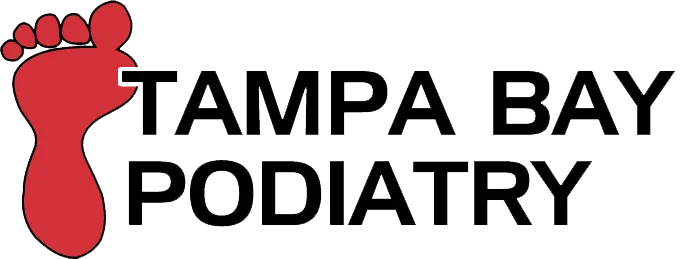Other than ingrown nails, plantar fasciitis is probably one of the more common podiatry conditions we see on a regular basis. I would bet that you know at least one person who has been plagued with this condition. Plantar Fasciitis will turn a strapping male into a limping puppy!
So let’s go over some of the common symptoms. Here are a few questions you can ask yourself:
Do you have severe pain in your heel first thing in the morning when you get out of bed that decreases after you’ve limped on it for a while?
- Do you have similar pain when you are sitting at your desk during the day and then have to stand up again?
- Does your heel ache and throb at the end of the day like a bad headache in your foot?
- Have you noticed that when you wear a shoe with at least a one inch heel that you feel somewhat better?
- Have you noticed that the onset of pain seems to align with having been on your feet more, or that you gained weight recently, are barefoot more (maybe you recently moved to Florida!), or that you have new flooring at home– tile rather than carpet?
If you can say yes to the majority of the above – you probably have Plantar Fasciitis. So now that we’ve gotten the symptoms down – let’s talk about what the condition actually is and then how we can get rid of it. Ouch!
Your Plantar Fascia is a thick band of tissue connecting the ball of your foot to the heel bone and helps to maintain the arch of your foot.In addition, your calf muscle which turns into your Achilles tendon attaches to the back of your heel bone and connects to the Plantar Fascia. So if your calf muscles are tight you are going to put a lot of strain on you fascia. That’s why many folks feel more comfortable in a slight heel when they have this condition.
If your Plantar Fascia has been stressed for many years you might even develop heel spurs. But don’t panic – not all heel spurs require surgery and in most cases Plantar Fasciitis can be treated conservatively.
The most common treatments are:
Stretching the calf muscle and Achilles tendon
Cortisone shots
Strapping the foot (athletic tapping)
Physical therapy
Orthotics (custom arch supports)
Oral anti-inflammatories
Changing shoe gear
Surgery
Obviously surgery is a last resort for any condition and you want to make sure you go through all the conservative therapies first before thinking about surgery. But when needed it can be an amazing relief!
So if you or someone you know is suffering from these symptoms don’t forget to let them know that relief is possible and to get into our office ASAP! We would love to help end the limping.
